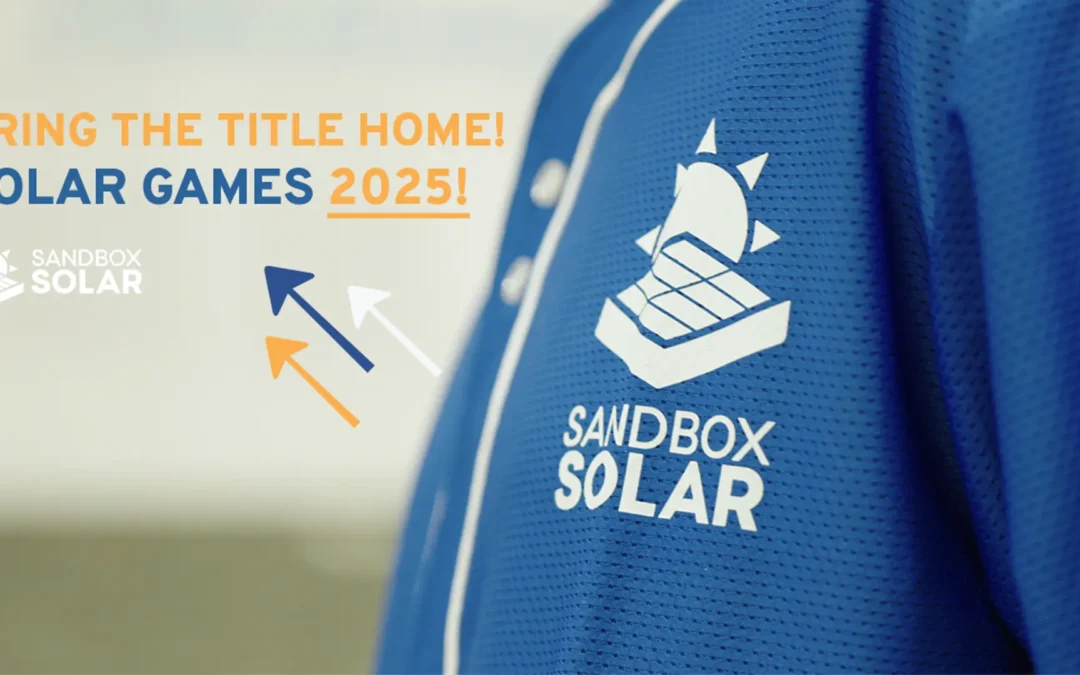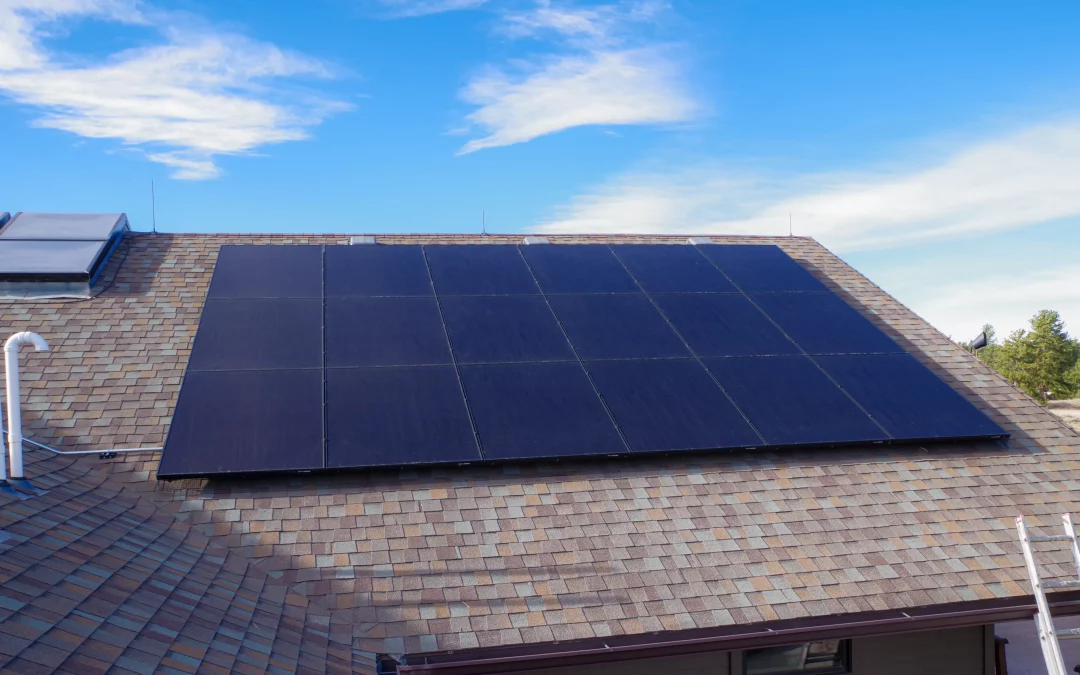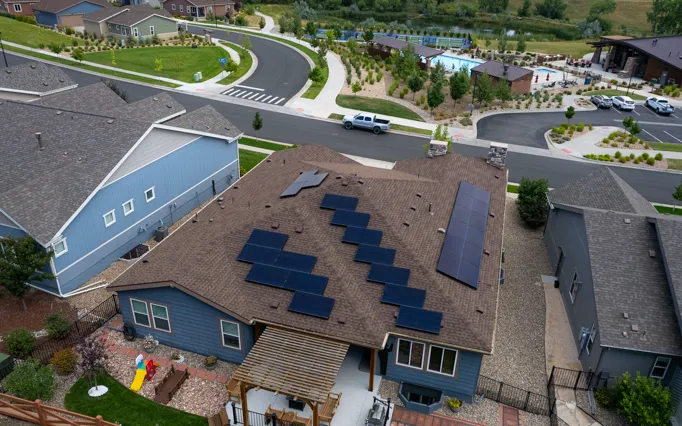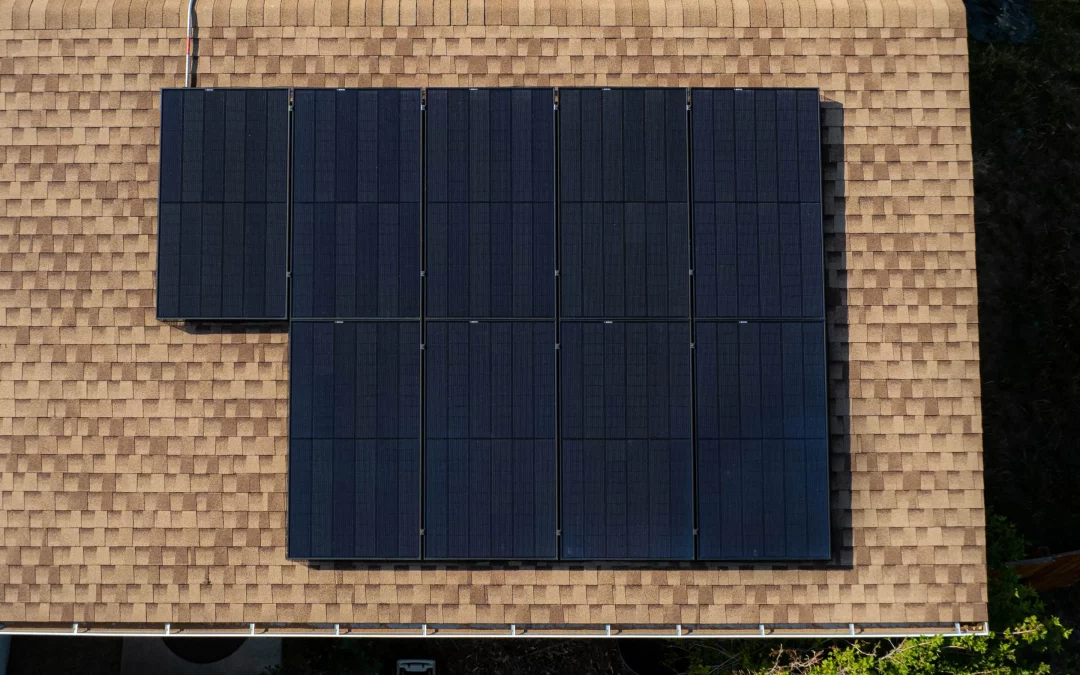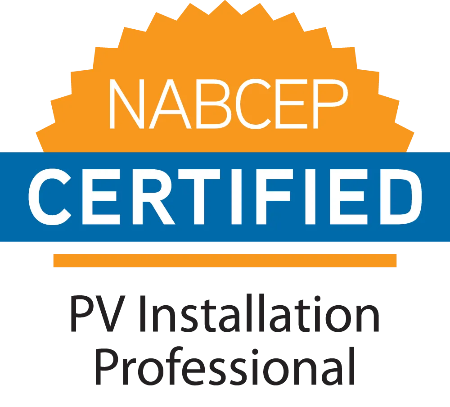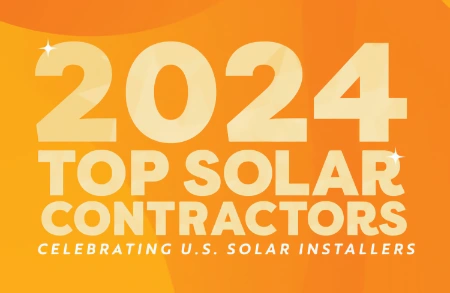At its core, a solar system harnesses the power of the sun and turns it into electricity for your residential or commercial building. The sun is an incredibly powerful energy generator and could easily power all our electrical needs, without emitting harmful greenhouse gases as do other electricity generators like coal and natural gas. Currently, solar only powers about one fifth of worldwide energy needs, but it’s the fastest growing source of power for good reason.
As good as solar energy sounds on paper, it’s helpful to understand just how solar systems work and how they create electricity. Keep reading to understand the science and ingenuity behind a solar system:
How Do Solar Panels Work? Solar Energy 101 As you can see in the graphic, when the photons from the sun—or the energy released by sunlight—hits the panel, the system converts it into a direct current (DC) of electricity. From there, an inverter converts the DC power to an alternating current (AC) to match the needs of the grid. The AC then powers your home, including lights, heating and cooling systems, appliances, and so on. Once your home is completely powered, any extra electricity is sold back to the larger grid to offset non-solar-powered homes and buildings.
What are solar panels made of? The solar panels Sandbox Solar recommends our clients use are Photovoltaic (PV) solar panels.These panels are made up of many individual solar cells that act as semiconductors of the electricity produced. These cells are created out of a silicon material and have both a positive and negative layer to create the electric field necessary to turn sunlight (“photo”) into electricity (“voltaic”).
What is a solar inverter? Solar panels are designed to create direct current (DC) electricity, meaning the electrons generated flow in only one direction around the circuit. However, in the U.S. our entire grid is set up on an AC (alternating current) electricity system, meaning the electrons are pushed and pulled, periodically reversing direction, depending on the conditions and needs of the system. We use AC electricity because it’s cheaper over long distances. In order to harness the electricity the solar panels create, there must be an inverter to transform the DC electricity into AC in order for it to be compatible with our system. In addition to providing ground fault protection for the system, the inverter changes the electricity generated by your solar system to make it useful.
How Does a Solar Panel System Work? The entire system is known as a solar panel system. In the whole ecosystem, each individual panel works together to conduct electricity and power the home. When it’s sunny, the sunlight’s photons hit the panels on your roof. The panels then convert that energy into a DC current, sending it to the system’s main inverter. The inverter then converts the electricity from DC to AC, which then flows to your home’s electrical system to power the home. Together, the panels are able to produce enough—and sometimes extra—electricity for the building. The remaining electricity gets sent back to the grid to power other non-solar buildings.
What if there’s no sunlight to power my solar system? While Colorado has an incredible amount of sunny days each year, there are times when it’s cloudy or dark outside and your home still needs power. Never fear! Your home will still be connected to the grid and will be able to draw from traditional power if your panels are not producing electricity for a period of time.
The best news about solar technology is it’s always improving and evolving. Solar is one of the most cost-effective and sustainable energy generation systems available, and it’s time you seriously considered solar for your home or building.
Contact your local solar energy providers, Sandbox Solar, with any questions about solar panels in Northern Colorado. We’re happy to provide solar advice and a free quote to help you see what investment in solar means for your home or business.

